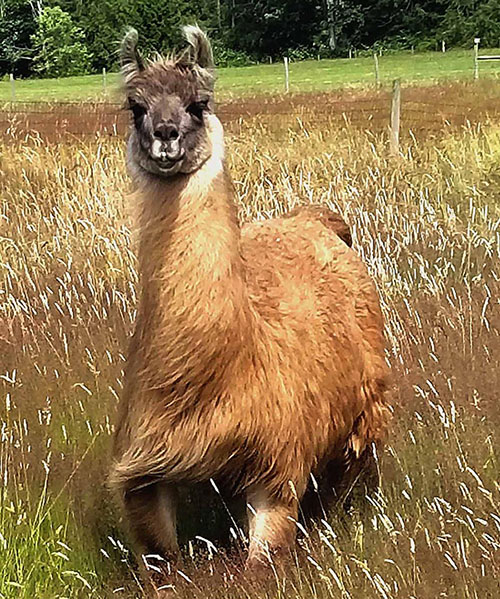IRP neuroscientists isolate promising mini antibodies against COVID-19 from a llama
Preliminary results suggest anti-COVID19 nanobodies may be effective at preventing and diagnosing infections
National Institutes of Health researchers have isolated a set of promising, tiny antibodies, or “nanobodies,” against SARS-CoV-2 that were produced by a llama named Cormac. Preliminary results published in Scientific Reports suggest that at least one of these nanobodies, called NIH-CoVnb-112, could prevent infections and detect virus particles by grabbing hold of SARS-CoV-2 spike proteins. In addition, the nanobody appeared to work equally well in either liquid or aerosol form, suggesting it could remain effective after inhalation. SARS-CoV-2 is the virus that causes COVID-19.
The study was led by a pair of neuroscientists, Thomas J. “T.J.” Esparza, B.S., and David L. Brody, M.D., Ph.D., who work in a brain imaging lab at the NIH’s National Institute of Neurological Disorders and Stroke (NINDS).
“For years TJ and I had been testing out how to use nanobodies to improve brain imaging. When the pandemic broke, we thought this was a once in a lifetime, all-hands-on-deck situation and joined the fight,” said Dr. Brody, who is also a professor at Uniformed Services University for the Health Sciences and the senior author of the study. “We hope that these anti-COVID-19 nanobodies may be highly effective and versatile in combating the coronavirus pandemic.”

Scientists isolated nanobodies against COVID-19 from a llama named Cormac.
Image credit: Triple J Farms, Bellingham, Washington
Read more (external link) View All News
This page was last updated on Friday, January 21, 2022